| HOME |
| DirectDrive - The Hows And Whys |
| DirectDrive - Owning a DD |
| DirectDrive - Museum |
| DirectDrive - Tech-Talk |
| DirectDrive - Tonearms |
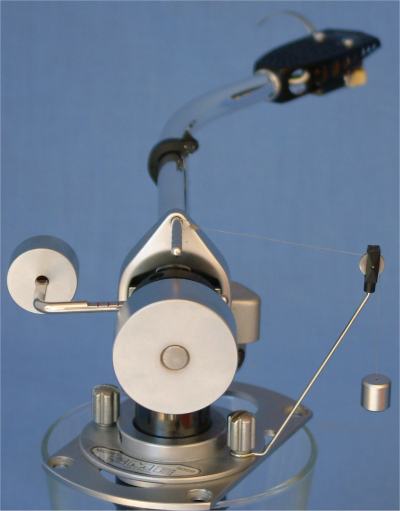
Tonearms are some kind of divas. It's difficult to find the right one for your pickup, it's even more difficult
to adjust them correctly, and even after weeks you're never sure that you've got it all right...
Contrary to pickups there have not been huge improvements or new developments in the field of tonearms for the
last decade. The last big improvements were made during the early 80s with the introduction of the Linn Ittok,
the SME V and the Fidelity Research arms. Since then most new arms seem to be more a sort of refinement (sometimes
remarkable) of the existing designs.
Here I want to introduce some tonearms which I personally know and own. Please be aware that my remarks regarding
the sound of these arms reflect MY personal taste and are based on MY pickups and system, so don't take them for
granted. There's nothing more subjective than your favourite toneam...
Cables
Principle
Audiocraft AC-300
Fidelity Research FR64s
Fidelity Research FR64fx
Grace 707
Grace 714
SAEC WE308
SME 3009/3012
SME IV/V
Adjustment
Is it important? It is, indeed. It is so important that a perfectly adjusted cheap arm will outperform any poor adjusted
state-of-the-art tonearm. There is plenty of info around and bear in mind that the most important thing while doing your
adjustments is: Keep cool and let your ears decide.
Cables
The cable from the arm to your preamp is the most sensitive cable inside your audio-system. Think of the small signals
of Moving-coils. I don't want to join the endless discussions about which is the best cable, but I would like to point out
that channel-imbalances caused by poor connections or dirty pins, or HF-distortion caused by AC-cables wound round your
tonearm-cable are really not necessary...
In my opinion care should be taken for the rca-plugs which should be cleaned periodically. With older arms change the
cable and use one with good plugs (Neutrik).
Changing of the cables inside the armtube is not a job for the faint-hearted. You might destroy the bearings of the arm
and you should leave that job to one who has done it (successfully) already.
Principle
Beside linear-arms like the Eminent, which I do not know well enough most tonearms work after two principles:
- Unipivots
Almost free of friction and resonances these arms have a lot of advantages against their conventional brothers. Unipivot bearings last longer, and these arms tend to perform more independent from the pickup and turntable you use. A disadvantage is the floppy feeling which makes it hard to cue to a certain song... The sound of unipivots is best described as airy, effortless with wide stage and very good reproduction of low-level- signals. When it comes to stability and bass-reproduction the finest conventional arms sometimes have to offer a bit more. - Arms with two conventional bearings
The introduction of the Linn Ittok in the late 70s set a new definition how a tonearm should look like. A massive, one-piece arm-tube in connection with very precise ball-bearings was considered state-of-the-art. SME answered with the SME V, and Rega put out their RB-300. All of these arms sound very dynamic with good precision, rhythm and attack. These arms rock... On the other hand all these arms tend to suffer from resonances in the upper midrange and sometimes lack a bit of air and sound overly "dry".
In between both are the old faithful SME 3009/3012 arms with their knife bearings which combine many of the advantages of the unipivots with that of conventional arms.
Audiocraft AC300Mk2
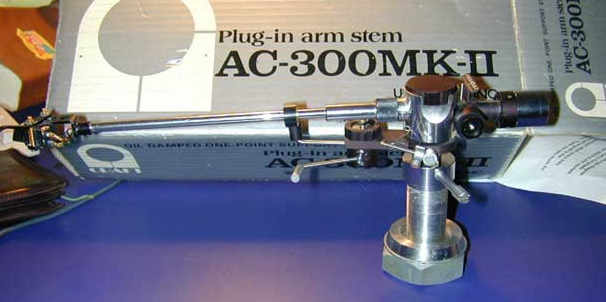
Pictured above is an Audiocraft/Ultracraft AC300Mk2. This unipivot had changeable arm-tubes in different forms (straight and S-shaped). The bearing is damped with silicone fluid. By turning a screw on top of the bearing you can tune the amount of damping to your pickup. Usually Pickups with low compliance need a bit more damping...). This arm plays very musically. Later versions had black anodized arm-tubes, these sound a bit "dark". Below you see the AC300 with S-shaped armtube.
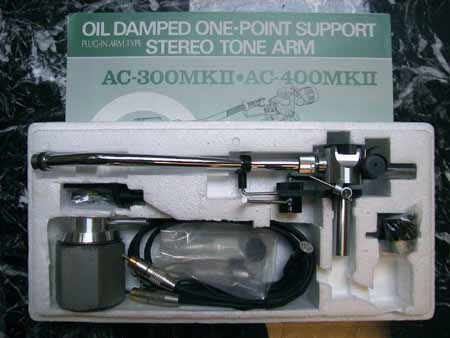
As you see the bolting-nut needs quit a lot of room inside your turntable... Setting up these arms is not easy, as the VTA seems to be affected by the amount of damping you put to the arm.
Fidelity Research FR64s
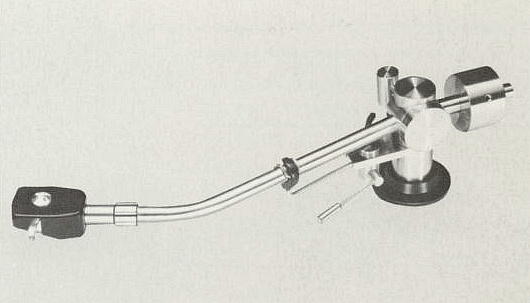
Founded by Mr.Ikeda, once engineer at Grace, the FR64s still is a hot ticket for pickups like the SPU or the Denon DL-103. Note that 's' means steel-arm tube instead of alloy with the FR64 and not silver-wiring which was available for all Fidelity Research arms at extra cost. Silver wired arms feature a silver badge on the arm's package.
Fidelity Research FR64fx
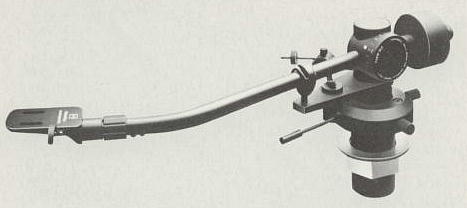
Not that heavy, with anodized arm-tube. The anodization damps arm-resonances but it also damps the highs... In my opinion this arm is not as good as the FR64s.
Grace G-707
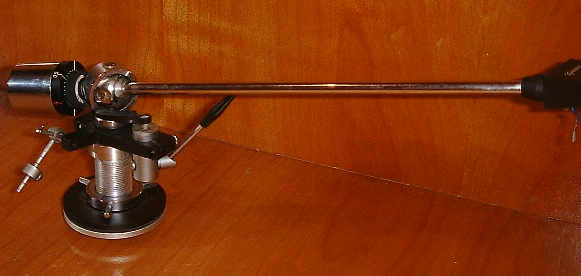
The Grace G-707 was often seen on Linn turntables during the 70s. The silver ones in my opinion are preferable to the black anodized ones (see above...). As a low weight arm it should be a favourite for your Shure or Grado but the Denon DL-103 works very good in these arm.
Grace G-714
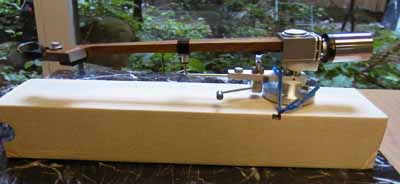 |
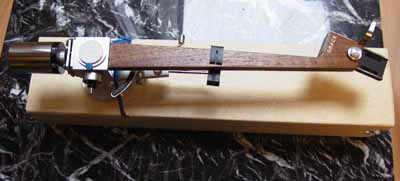 |
Note that this arm comes without any anti-skating!
SAEC WE-308
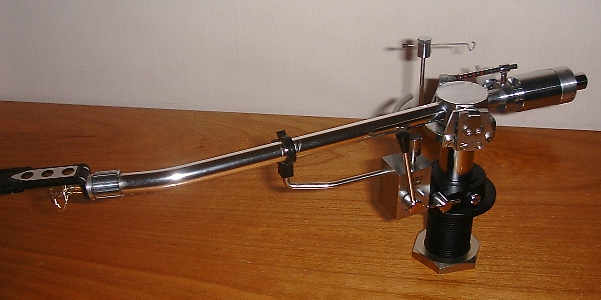
Some kind of japanese SME. Like many japanese arms of the 70s it has a quite pronounced upper register. Not my taste. There is also a 308SX which should sound better. If you want to look at some SAEC-arms click here.
SME 3009/3012
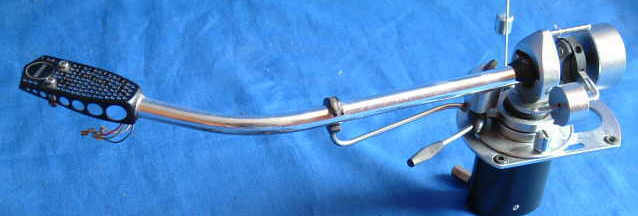
It's the Ford T of tonearms - it runs and runs and runs... And really not bad. Here you find a gallery of the different SME 3009 and 3012s.
A few notes on the improved version of the SME 3009: You will find it difficult to mount a MC-cart on it cause tracking force is limited to 1,5g. Heavy systems cannot get balanced, too. Additional weights are available from SME, but they come at a hefty price. The models without detachable head-shell are a nightmare for mounting your cart... The best SMEs are the SME 3009R or SME 3012R (early Model IIs). They feature a steel-arm-tube instead of alloy and early models had metal-knife-bearings instead of nylon with the models of the 70s.
The long 3012 sounds a bit more refined and more adult than its short brother. Even today you can have your 3009 restored to original condition at SME in England.
SME IV/V
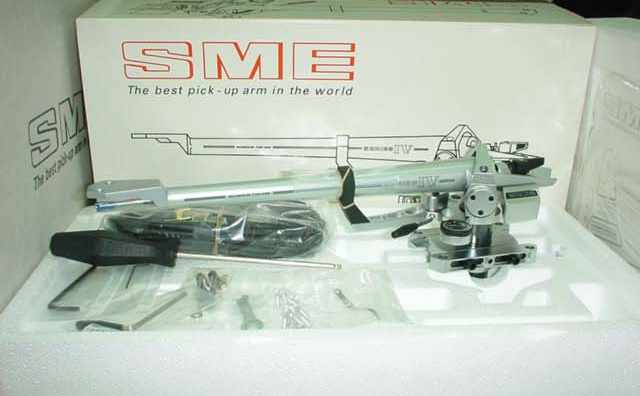
In my opinion one of the best arms ever build. Build quality is top notch an changing carts with these arms is a pleasure. All alignments - except azimuth - are easily done and reproducable.
The sound of these is a class better than all other arms mentioned here. With some carts it might sound a little too "dry", but always lightning-fast and rock solid. The Van den Hul cable supplied with the SME V is too long and thins out the sound a little. in my opinion the considerable price difference between the two makes the IV the better choice.